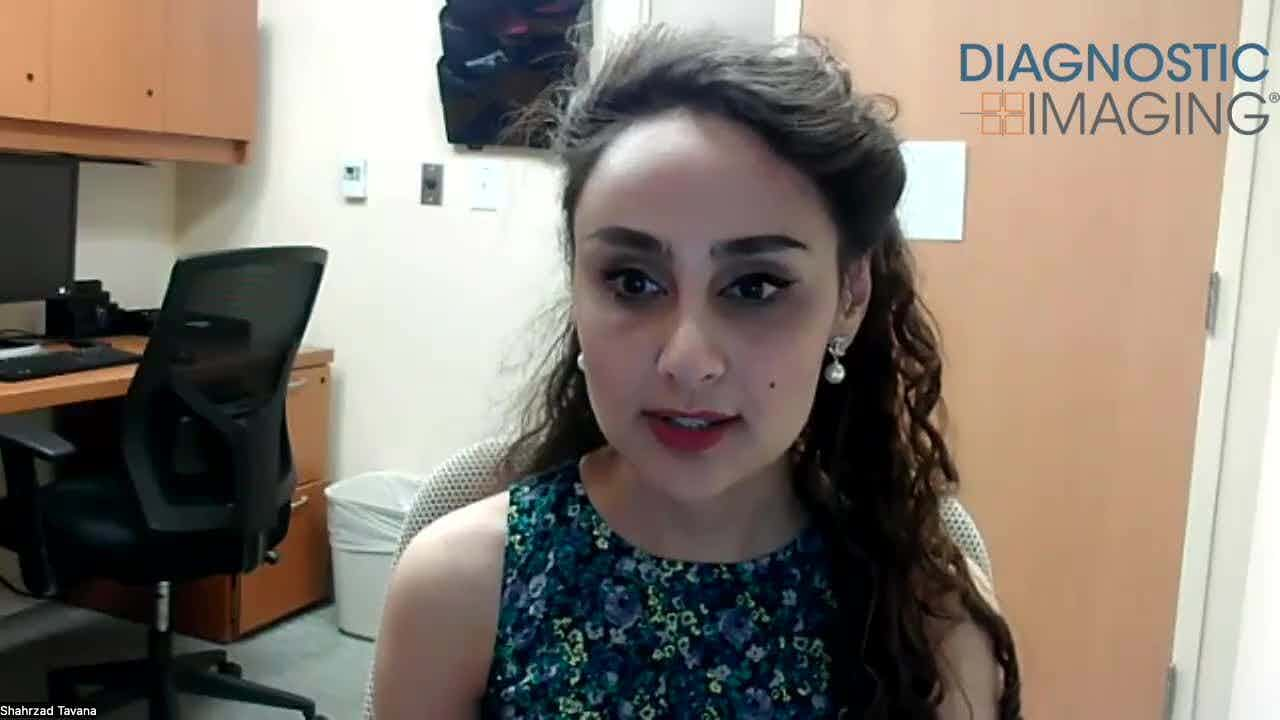Diagnostic Imaging in ED Varies for Adults with Suspected Appendicitis
The first choice for imaging adult patients with suspected appendicitis varies according to patient demographics and resource availability.
Use of imaging modalities in the emergency department to assess suspected appendicitis in adults in the emergency room varies, according to a study published in Emergency Radiology.
Researchers from Canada sought to determine how adult patients with suspected appendicitis are assessed in emergency departments at a number of Canadian academic centers.
Questionnaires were sent to 17 participating centers, requesting information on the modalities used in the emergency room and what influenced the decisions; collection took place over four months, ending February 2016. Sixteen (94%) of the 17 academic centers responded. The modality of use for all patients with suspected appendicitis included:
When CT was used to assess patients, 81% of the facilities used non-focused CT of the abdomen and pelvis, and 44% of centers used oral contrast. According to the results, 13 centers (81%) have ultrasound available 24 hours per day, seven days per week. At 12 centers (75%), ultrasound is performed by ultrasound technologists. Four centers (40%) perform MRI in suspected appendicitis in adult patients at the discretion of the attending radiologist. Eleven centers (69%) have MRI available 24/7. All 16 centers (100%) use unenhanced MRI.
The researchers concluded that despite North American guidelines and recommendations about use of multiple imaging modalities, there is still a variety in the modalities chosen by clinicians, depending on patient demographics and resource availability.
“Imaging trends in the use of the first-line modalities should be considered in order to plan for the availability of the imaging examinations and to consider plans for an imaging algorithm to permit standardization across multiple centers,” they wrote.
MRI Study Suggests Shape of White Matter Hyperintensities May Be Predictive of Cognitive Decline
April 7th 2025Emerging research demonstrated that cognitive declines in memory, executive function and processing speed domains were associated with irregular shape of periventricular/confluent white matter hyperintensities.
Can Abbreviated MRI Have an Impact in Rectal Cancer Staging?
April 4th 2025Abbreviated MRI demonstrated a 95.3 percent specificity for rectal cancer and provided strong agreement with the full MRI protocol for T staging and detection of extramural venous invasion, according to newly published research.
Study with CT Data Suggests Women with PE Have More Than Triple the One-Year Mortality Rate than Men
April 3rd 2025After a multivariable assessment including age and comorbidities, women with pulmonary embolism (PE) had a 48 percent higher risk of one-year mortality than men with PE, according to a new study involving over 33,000 patients.
GE HealthCare Debuts AI-Powered Cardiac CT Device at ACC Conference
April 1st 2025Featuring enhanced low-dose image quality with motion-free images, the Revolution Vibe CT system reportedly facilitates improved diagnostic clarity for patients with conditions ranging from in-stent restenosis to atrial fibrillation.










